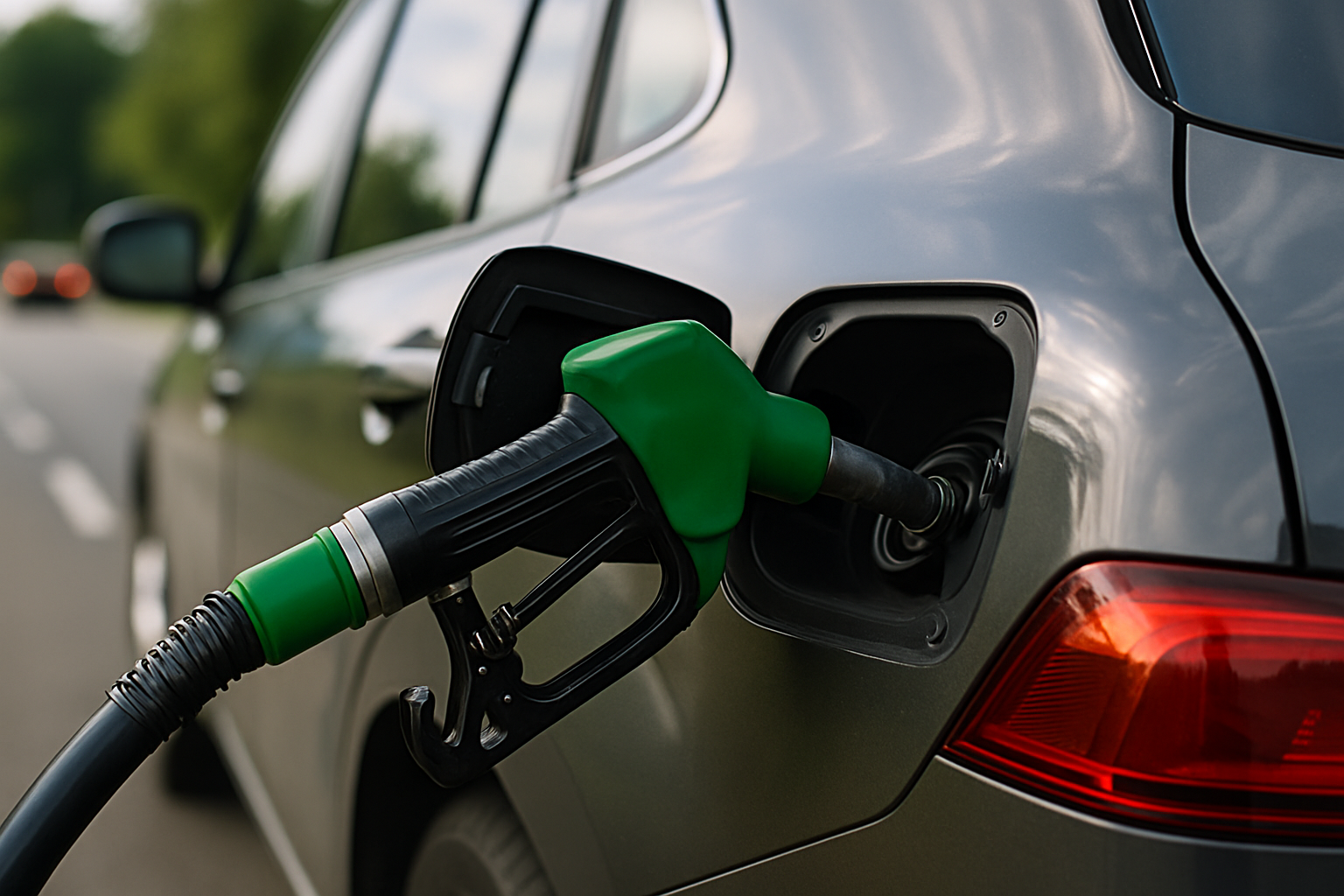Hook: Want to spend less at the pump while reducing your carbon footprint? These simple eco driving tips and optimized fuel efficiency driving habits can cut your fuel consumption by up to 20%. Read on to learn practical hacks that pay for themselves in no time.
- Key behaviors that improve mileage without sacrificing convenience
- Quick vehicle checks and in-drive strategies
- Pro tips to lock in long-term fuel savings
Why Eco-Driving Matters
Efficient driving not only lowers your fuel bills but also reduces emissions and wear on your car. By adopting smarter driving habits, you extend engine life, reduce maintenance costs, and contribute to cleaner air. These eco driving tips are easy to integrate into your daily routine, whether you commute, carpool, or run errands.
Top Eco-Driving Hacks
1. Smooth Acceleration & Braking
Aggressive starts and stops burn extra fuel. Accelerate gently to 20 mph rather than flooring the throttle, and anticipate traffic so you can coast to a stop instead of slamming the brakes. This smooth approach reduces wasted energy and improves fuel efficiency driving habits.
2. Maintain Steady Speed
Use cruise control on highways to hold a constant speed—ideally between 50–65 mph. Avoid unnecessary speed bursts, as aerodynamic drag rises exponentially above 65 mph. A stable pace conserves momentum and fuel.
3. Keep Tires Properly Inflated
Underinflated tires increase rolling resistance, costing up to 3% in fuel economy. Check tire pressure monthly and inflate to the manufacturer’s recommended PSI. For best results, measure when the tires are cold.
4. Lighten Your Load
Remove bulky items and roof racks when not in use—every extra 100 lbs can reduce MPG by about 1%. Store golf clubs or cargo boxes in the garage and only carry what you need for daily trips.
5. Minimize Idling
Idling for more than 10 seconds uses more fuel than a brief shutdown and restart. Turn off your engine during extended waits—at school pick-ups or drive-thrus—to eliminate wasted fuel and emissions.
6. Use Higher Gears
In manual vehicles, shift up early to keep engine RPM low. In automatics, use “Eco” mode if available. Lower RPMs reduce internal friction and fuel consumption.
Pro Tips & Advanced Tricks
- Plan your route to avoid traffic jams and high-stop areas—use real-time navigation apps with eco-friendly routing options.
- Time your trips during off-peak hours to maintain steady speeds and avoid excessive braking.
- Combine errands into one trip to reduce cold starts, which burn more fuel in the first few miles.
- Use your car’s built-in trip computer to monitor average MPG and set incremental improvement goals.
- Perform regular engine tune-ups and replace clogged air filters to ensure optimal combustion efficiency.
Common Pitfalls to Avoid
- Overusing air conditioning: AC can reduce fuel economy by up to 10%—use vent mode or crack a window at low speeds.
- Ignoring maintenance: Dirty spark plugs, low engine oil, and worn-out oxygen sensors all degrade mileage—stay on schedule.
- Heavy foot on throttle: Rapid throttle inputs negate coasting benefits—focus on gradual pedal control.
FAQs
- Q1: How much can I really save with eco-driving?
- A1: Most drivers see a 10–20% improvement in MPG when consistently applying these eco driving tips and fuel efficiency driving habits.
- Q2: Does warming up my car in cold weather waste fuel?
- A2: Modern engines require minimal warm-up—start driving gently after 30–60 seconds rather than idling for several minutes.
- Q3: Is it worth investing in a fuel-efficient vehicle if I already drive economically?
- A3: Yes—while good habits boost any car’s economy, a fuel-efficient model can offer an additional 20–40% savings on top of your eco-driving gains.
Conclusion & Next Steps
Incorporate these eco driving tips into your routine, and you’ll see noticeable savings at the pump. Start with one hack at a time—then combine them for maximum effect. Your wallet, your car, and the environment will all thank you for adopting smarter fuel efficiency driving habits.
